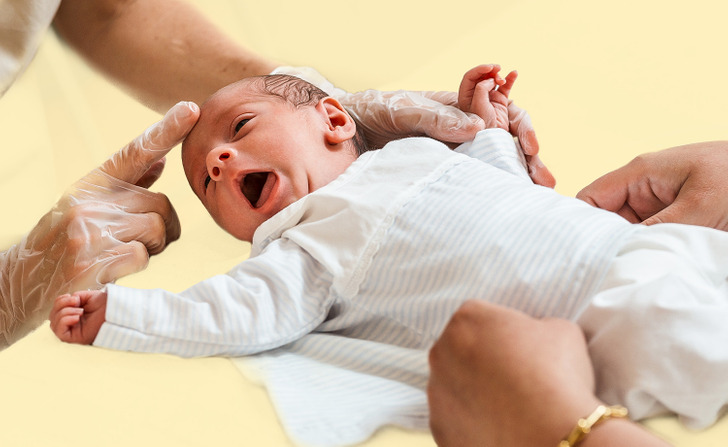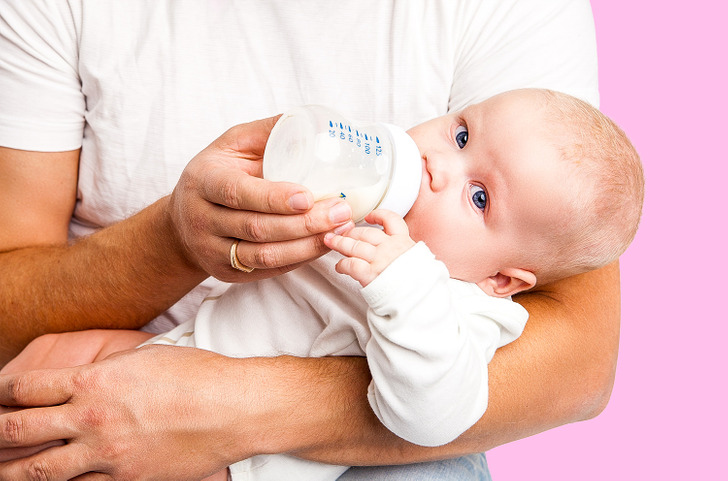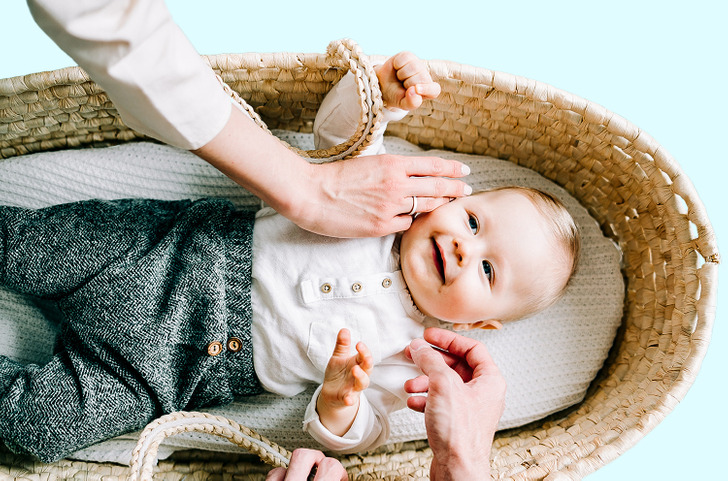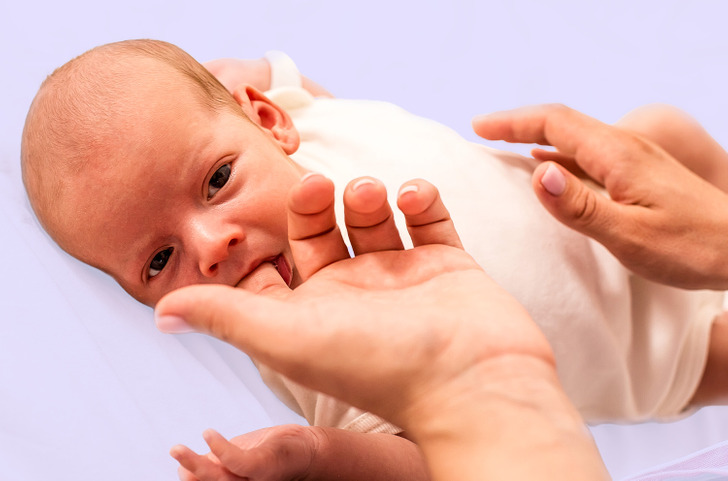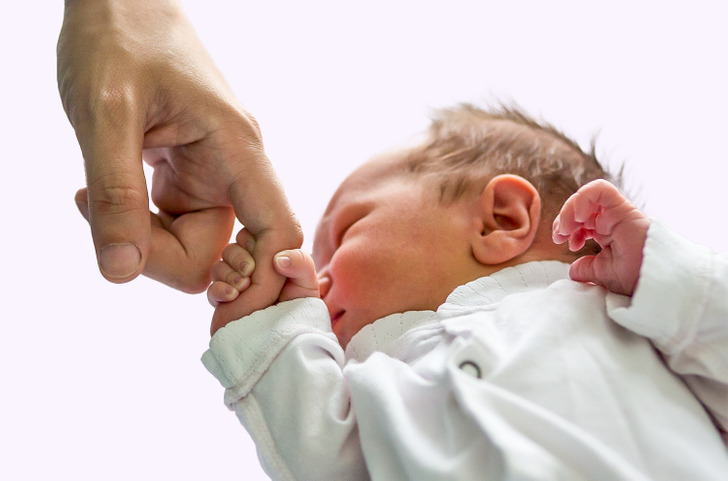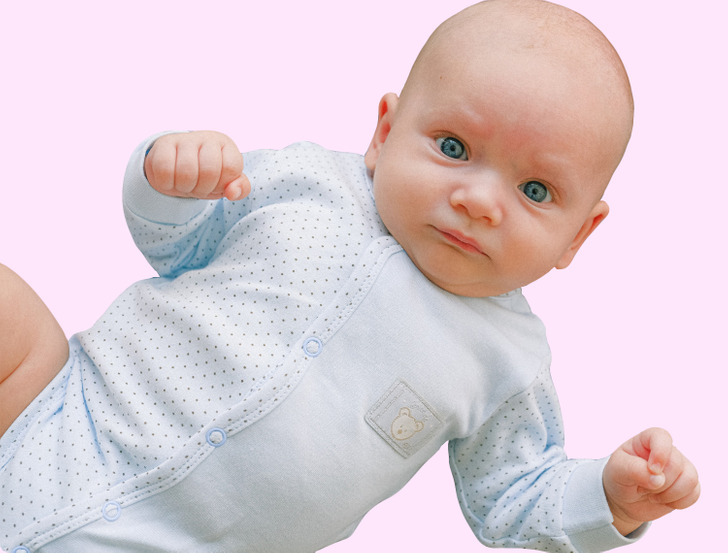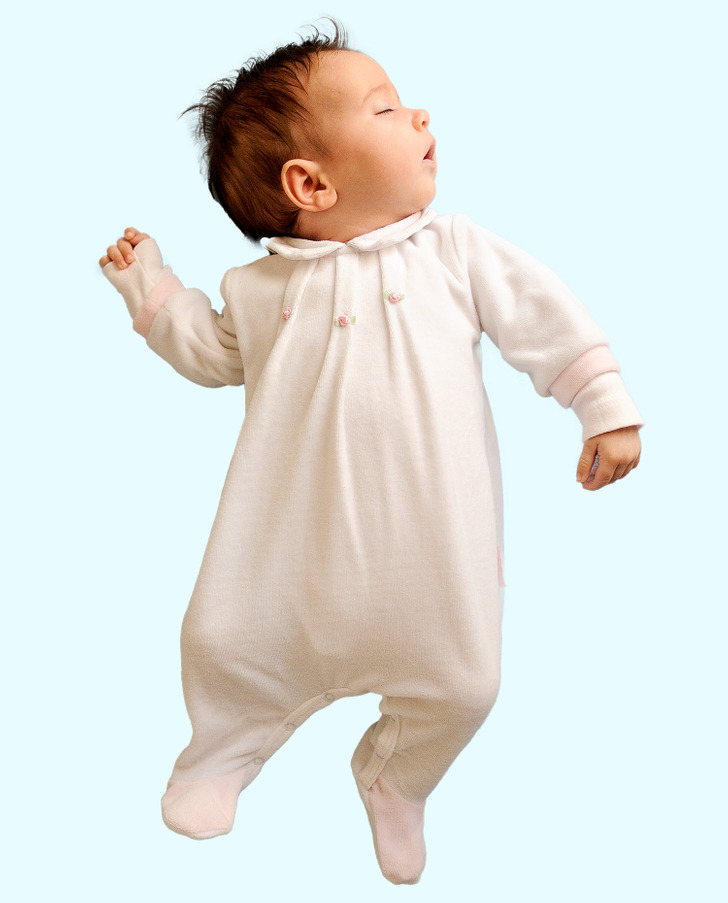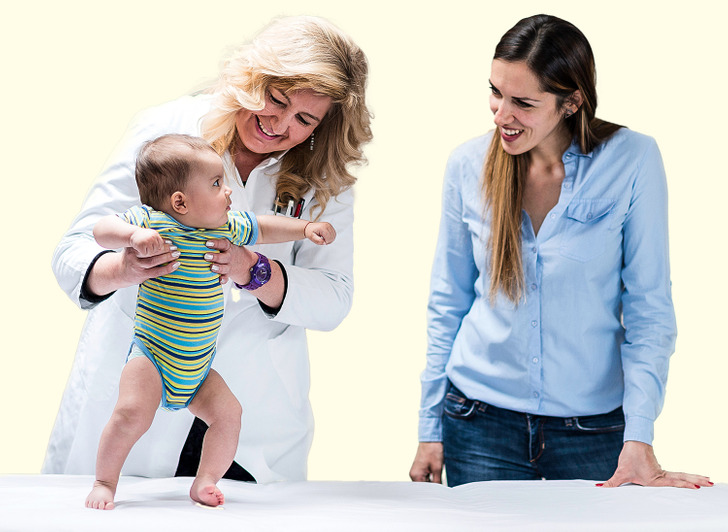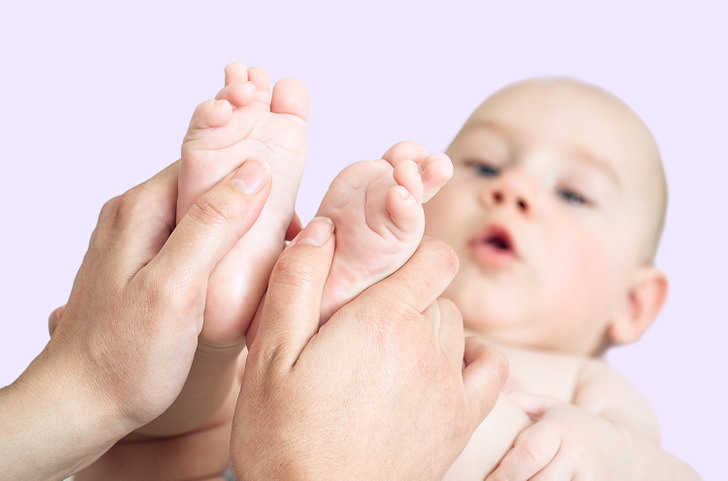A Guide to Infant Reflexes
Every living creature with a nervous system has reflexes. Even one-celled organisms can produce reflex-like responses to stimulation. Babies are born with a special set of reflexes designed by nature. They help infants to adapt to the environment at the beginning of their life.
5-Minute Crafts prepared a guide to help you understand this side of tiny humans.
❗ The article is for informational purposes only and does not replace medical advice.
I. What a newborn reflex is
The newborn reflex is an instinctive reaction that happens in response to stimulation. It can be observed as an uncontrolled movement of a child — a response to a touch, light, sound, or motion. Some reflexes help us for months, while others disappear after several weeks.
II. Why reflexes are important
The reflective actions of a newborn may seem cute and amusing but they are extremely important to the survival of humans. Reflexes guide a baby through their new life and help them to learn how to act without the protection of a mother’s womb.
Infant reflexes help pediatricians to check whether the brain and nervous system of babies are performing properly.
III. What reflexes should be present in newborns
1. Rooting reflex
This helps the baby find a food source. Babies will turn their heads toward touch when their cheeks or the corners of their mouths are stroked or touched.
In cases where babies are breastfed, they turn their heads in search of food when the breast touches their cheeks. Bottle-fed babies have no need to search for the nipple, but they also have a rooting reflex.
2. Sucking reflex
This reflex is likely to be one of the most important infant reflexes. It works together with the rooting reflex and helps the baby to eat instinctively. Babies automatically start sucking when something touches the roof of their mouth.
The correct development of the sucking reflex is important not only because a child must eat to survive. It also helps them to manage the processes of breathing, sucking, and swallowing.
3. Grasp reflex
This reflex helps babies to master the skill of taking things with their hands. It happens when something is touching the palm of the babies’ hands. Their fingers will curl around and grasp the thing that touched their hand. The grasp is very strong — babies are able to hang onto something that touches them.
4. Moro reflex (startle reflex)
This is the baby’s reaction to a startling sound or movement. The infant’s own cry may also trigger this reflex. In response to something that startles them, babies throw their heads back, throw out their arms and legs, and then curl them back. They may start crying.
5. Tonic neck reflex (fencing reflex)
This reflex reveals itself when the newborn turns his/her head to one side. The arm on this side is stretched up, while the arm on the opposite side bends at the elbow.
The aim of this reflex is to start developing hand-eye coordination.
6. Stepping reflex
This is easily one of the most surprising reflexes. If you hold babies upright with their feet touching a solid surface, they will move their legs like they are trying to walk.
This reflex helps a newborn to crawl toward the mother’s breast from her abdomen right after the delivery. It will return later when the baby learns to walk.
7. Babinski reflex
This reflex is named after neurologist Joseph Babinski, who gave its description in the late nineteenth century. It happens when one firmly stimulates the bottom of a baby’s foot.
It can be tested easily on the outer part of the sole. The big toe will flex up and out, and the other toes fan out.
Bonus: what reflexes last for a lifetime
From birth, we continue to have several reflexes:
- The sneeze reflex is a quick expulsion of air through the mouth and nose when something irritates the nasal passages.
- The cough reflex is a defensive mechanism that helps get rid of inhaled foreign bodies, fumes, dust, and secretions.
- The blinking reflex consists of closing the eyes as a response to touching and the sudden appearance of bright light.
- The yawn reflex is an unclear mechanism. It is a deep inhalation of air with an opened mouth.
- The gag reflex is a contraction of the throat in response to the stimulation of the back of the tongue, throat, or the area around the tonsils.
